Food security has become a critical problem in today’s world due to the growing global population and changing climate patterns. Providing everyone with safe and nutritious food has become increasingly difficult. However, the negative impact of pesticides on the environment and human health and the impact of climate change on crop yield are two significant obstacles that impede efforts to improve food security.
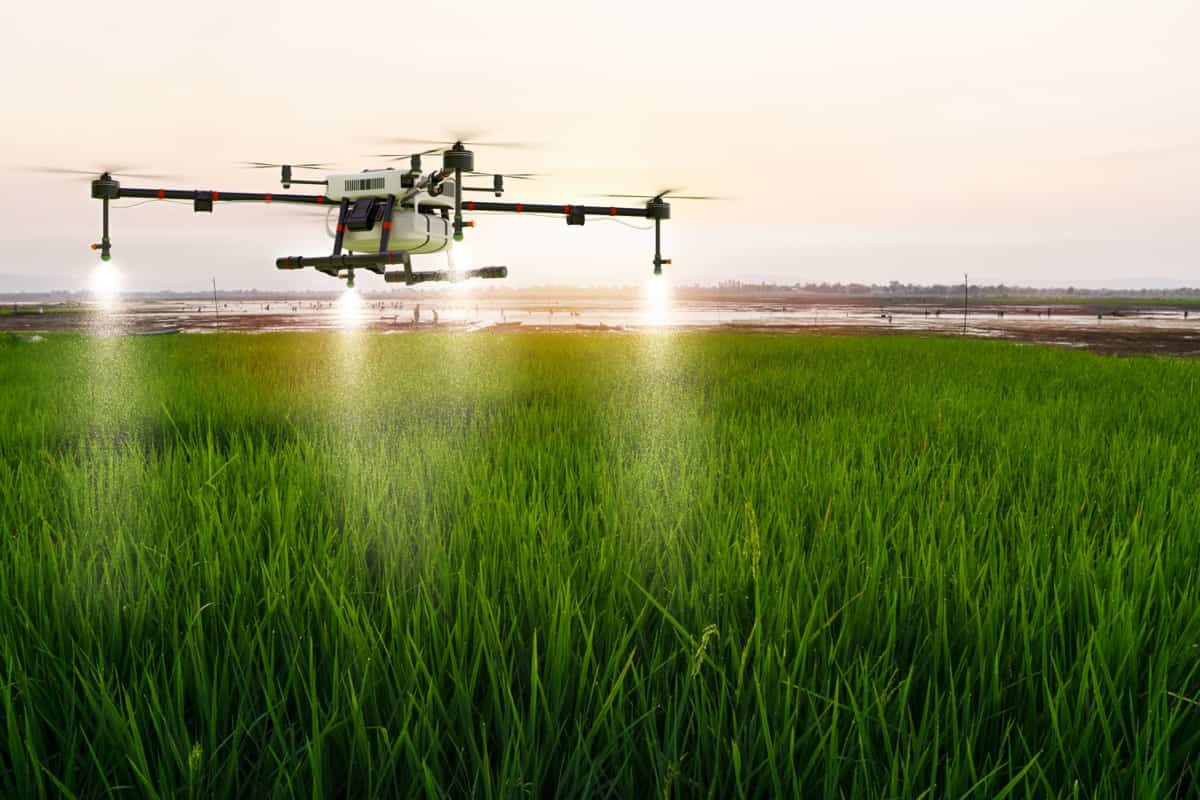
To address these issues, it is critical to developing important technologies that can decrease pesticide use and improve crop climate resilience. Two promising solutions to these problems are integrated pest control strategies, crop breeding, and genetic engineering. This blog post will examine these technologies and their potential to enhance global food security.
How to Unlock Key Technologies to Improve Food Security
What is Food Security?
Food security means everyone has access to enough safe and nutritious food that meets their dietary needs for an active and healthy life. There are four main aspects of food security:
- Food availability refers to the amount of food produced and available to people.
- Access to food: This is about people’s ability to obtain food. Even if there is enough food available, if people cannot afford it or do not have physical access to it, they are still considered food insecure.
- Food utilization relates to how people use the food they can access. It involves things like food preparation, diversity of the diet, and how the body processes the nutrients in the food.
- Stability over time: Food security is about more than just having enough food today but also having consistent access to food in the future. This means that even if people are food secure now, they may become food insecure if there are changes in the availability or access to food in the future.
In case you missed it: Importance of Soil Moisture Sensors in Agriculture: Advantages and Working Principle
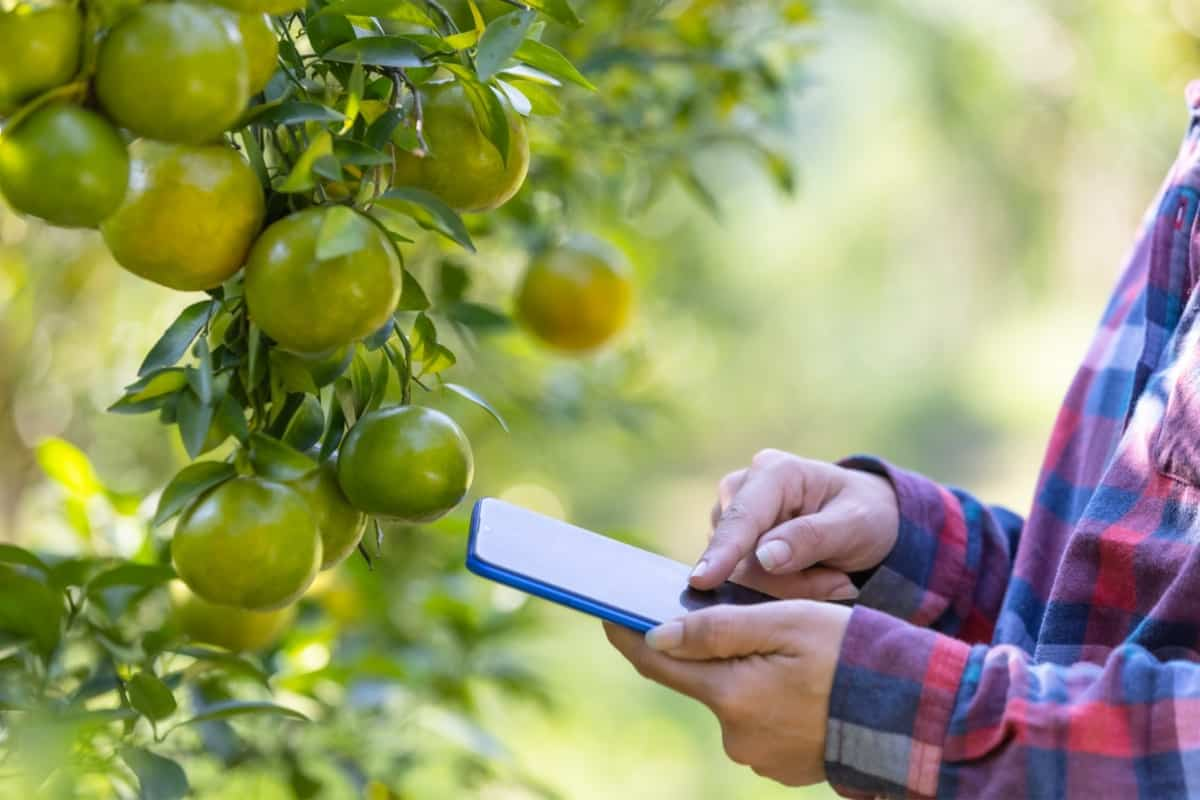
Importance of Improving Food Security
Food security is a complex issue affected by many factors, such as climate change, population growth, economic instability, energy and water security, conflicts, and the COVID-19 pandemic. These factors can impact the quality and availability of food, making it challenging for people to obtain the required nourishment, leading to malnutrition and hunger.
Improving food security requires a multifaceted approach focusing on increasing food production, reducing losses and wastage during production and storage, and improving access to food through subsidies, safety nets, trade, and infrastructure development. Moreover, building resilience against climate change, economic downturns, and pandemics is also crucial. By addressing these factors and implementing effective solutions, we can ensure everyone can access safe and nutritious food, resulting in better health outcomes and increased economic opportunities.
Current Challenges in Food Security
- Rising population: The world population is growing by 80 million annually, leading to increased demand for food.
- Rising incomes, changing diets: As incomes rise, people tend to eat more meat, which requires more grain-intensive livestock production. China is a major driver of grain consumption due to the rising affluence of its population.
- Falling water tables: Overpumping of groundwater for agriculture is threatening harvests in the three largest grain-producing countries, China, India, and the United States.
- More foodless days: The poorest people are facing food shortages due to increased grain prices, with some families in Nigeria, India, and Peru experiencing foodless days.
- Slowing irrigation: The world’s irrigated area has only expanded by 10% since 2000, with water supply being a principal constraint on food production.
- Increasing soil erosion which threatens future food production.
- Climate change: The agricultural system is becoming more out of sync with the climate system, posing a threat to food production.
- Melting water reserves: The melting of mountain glaciers in Asia poses a massive threat to food production in the Indus, Ganges, Yellow, and Yangtze river basins, which heavily rely on glacial-fed rivers for irrigation.
- Flattening yields: After decades of raising grain yields, farmers in agriculturally advanced countries are hitting a production ceiling due to the limits of photosynthesis.
- Food waste: One-third of all food produced is lost or wasted, which wastes valuable resources and contributes to food insecurity.
In case you missed it: How Digital Agriculture/Farming Helps Rural Farmers – A Guide for Smart Farming
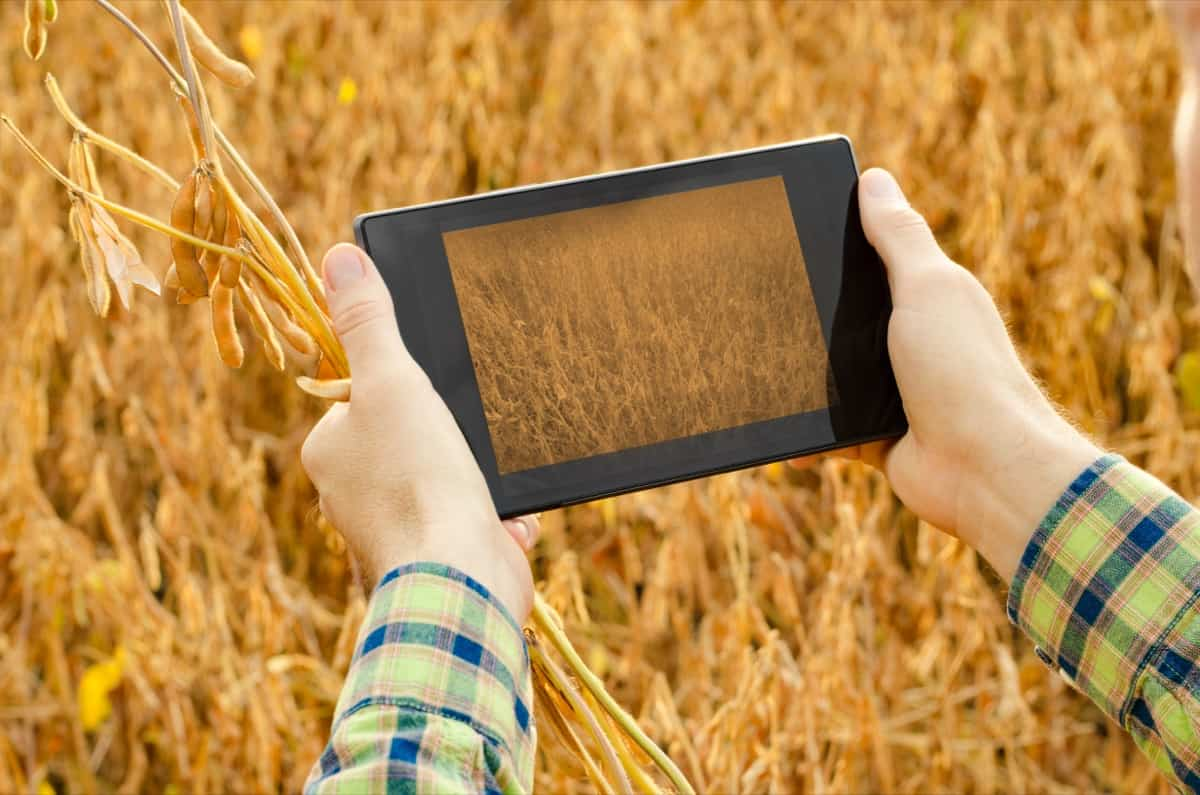
Key Technologies to Improve Food Security
- Food security is a pressing global issue. One of the Sustainable Development Goals is to end global hunger by 2030.
- But climate change, violent conflict, and mass migration are weakening traditional social structures and personal networks that have helped farmers deal with risks and ensure they have enough food.
- Thus, new technologies must be invested to enable farmers to connect with information and institutions that can decrease uncertainty and mitigate risks.
- Some of the most promising innovations in rural agriculture are TechnologyTechnology- and service-based. For example, mobile technologies that provide real-time weather data via SMS are helping vegetable farmers in Egypt, Sudan, and Ethiopia.
- Private companies like Ignitia are expanding the accuracy and precision of SMS weather alerts to remote farmers in West Africa. Rural herders in Mongolia are receiving information about disease outbreaks to help them maintain the health of their livestock.
- Farmers throughout the Global South are turning to SMS-based services for technical support that allows them to adopt new crops and growing techniques more easily, with benefits for both natural resources and household income and nutrition.
- Mobile money and price information enable pastoralists to adjust herd sizes to changing environmental conditions and farmers to secure seeds and fertilizer for future harvests.
- However, the challenge is to broaden access to these tools and ensure they meet the needs of the farmers who use them. Mobile technologies must consider differences in gender, education, and resource levels among farmers and be responsive to changing circumstances.
- The impact and success of these tools and programs should be monitored and evaluated, with ineffective approaches being improved or replaced.
How AI Is Improving Food Security and Farmers’ Lives
AI-driven technology is being used to increase food security and improve the lives of farmers worldwide. The UN reported that 811 million people worldwide went hungry in 2020, and 118 million suffer from chronic hunger. But new technologies are being made to solve these problems, such as machine learning and other AI-based solutions. Smaller family farms often need more technological solutions to monitor soil conditions, improve livestock management, and streamline operations, which can lead to food insecurity.
In case you missed it: 10 Practical Applications of AI in Agriculture: Impacts and Benefits of Crop Health and Yield
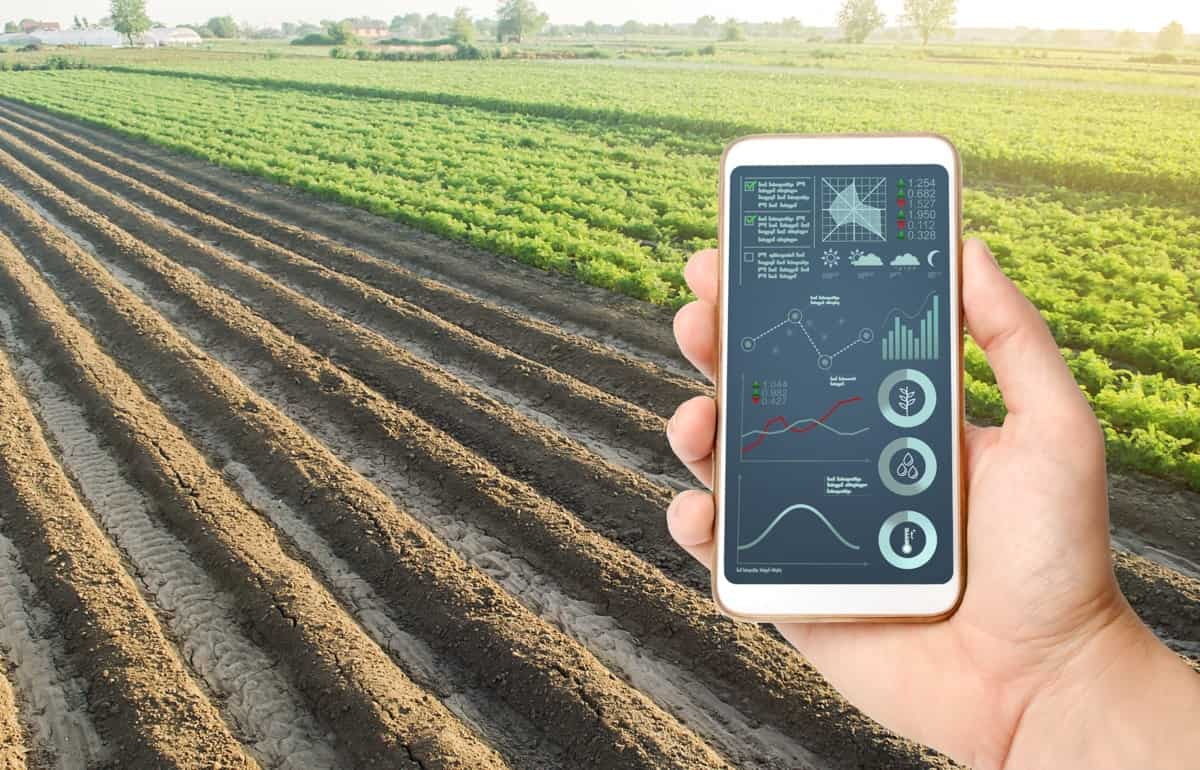
However, companies like Dimitra are making TechnologyTechnology and experts available and globally accessible to small farmers first. Dimitra uses satellites to evaluate crop performance and supplement that data with farmer observations and IoT soil sensors. This information is fed into a machine learning algorithm to help farmers make better decisions about preparing, sowing, caring for, and harvesting crops and getting them to market.
The Dimitra platform is contracted to serve 1.3 million Indian farms with degraded soil conditions, where soil specialists are impossible to deploy. Dimitra is expanding its current capability and segmenting the data it can see from satellites. It creates a relationship between what they see from space and what they see on the ground to create simple soil remediation plans. The platform is also helping livestock management by using historical and genetic data about the parentage of cows to improve breeding and food security.
How AI implementation Improves Food Security
- AI technology can help predict threats to food security by gathering vast amounts of data from various sources through systems like the Nutrition Early Warning System (NEWS).
- Machine learning algorithms created by AI can forecast potential problems such as droughts and prevent crop loss, saving farmers millions of dollars.
- AI can optimize agricultural procedures and production, modernizing agriculture and increasing crop production while keeping workers safe.
- AI robotics, including crop harvesting robots and AI-enhanced drones, can diagnose soil conditions and inspect crops for harmful infections and pests.
- The Food and Agriculture Organization has implemented two programs, the FAO’s WaPOR portal and the Agriculture Stress Index System (ASIS), to monitor water usage in agriculture and detect droughts or other water shortages.
- AI in food security will not reduce the need for actual workers. Still, education in these fields can provide value and mobilize people out of extreme poverty.
- With the rapid advancement of AI technology, a hunger-free world is a closer reality.
In case you missed it: Hybrid Chilli Yield Red and Green Per Acre in India
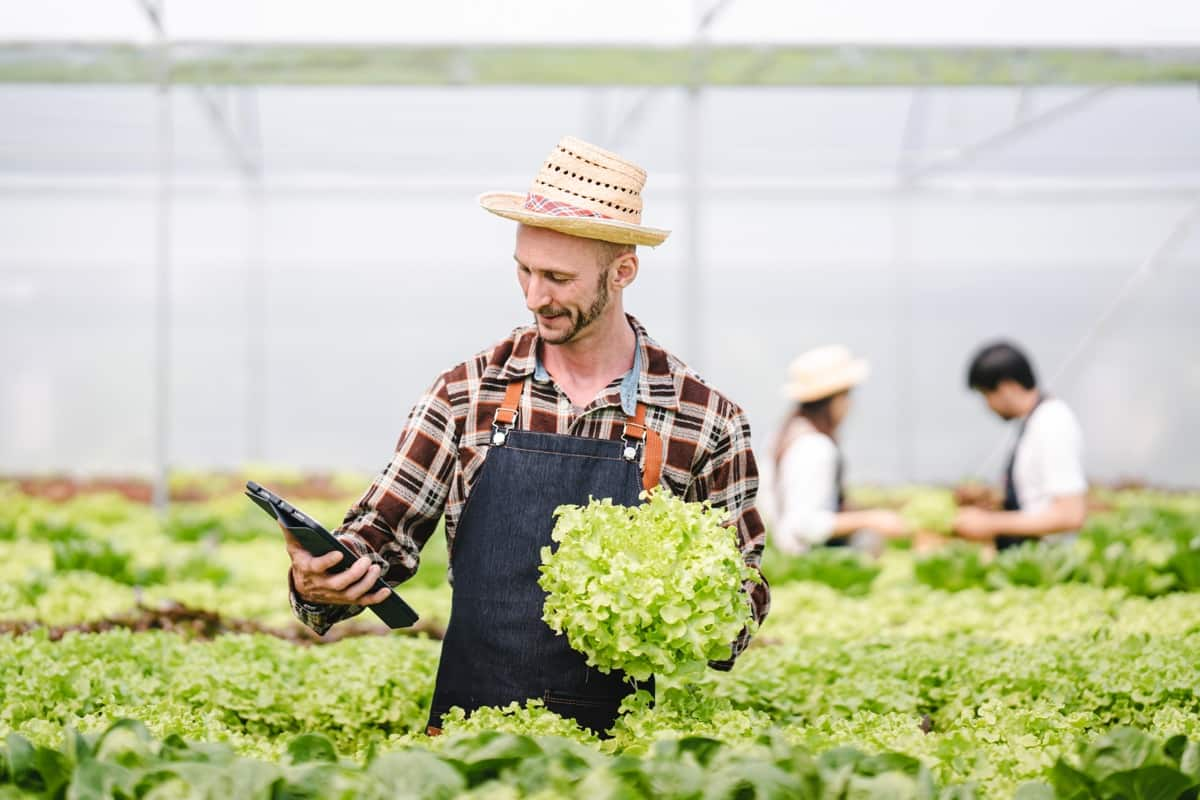
Integrated Pest Management Strategies to Reduce Pesticide Use
- Integrated Pest Management (IPM) is an approach to pest management that combines multiple techniques and practices to reduce pesticide use while promoting sustainable agriculture.
- IPM helps build on ecosystem services, reduce pesticide residues, enhance ecosystem services, increase income levels, and strengthen farmer knowledge.
- IPM is an essential tool for reducing pesticide use and the negative impacts associated with pesticide use on human health and the environment.
- By reducing pesticide use, IPM contributes to food and water safety and reduces the risks of pesticide exposure. Additionally, IPM promotes the growth of healthy crops with the least possible disruption to agroecosystems, which helps to conserve the underlying natural resource base and enhance ecosystem services.
- The use of IPM also helps to increase income levels for farmers. By reducing production costs through reduced levels of pesticide use, farmers can increase their profitability. Higher-quality crops with fewer pesticide residues can command better market prices, further increasing farmer profitability.
- Furthermore, IPM strengthens farmer knowledge and promotes farmer stewardship. Given economic, environmental, and social considerations, it encourages farmers to consider and use the best pest control options available.
- By increasing farmer knowledge of ecosystem functioning adapted to their local context, IPM promotes farmer stewardship and the generation of data related to Integrated Pest Management Strategies to Reduce Pesticide Use.
Crop Breeding and Genetic Engineering to Enhance Climate Resilience
Crop breeding is a process of developing new crop varieties through genetic manipulation. Genetic engineering techniques can also be used to enhance the resilience of crops to climate change impacts. Here are some key points related to crop breeding and genetic engineering to enhance climate resilience:
- Increased climate variability has made it necessary to broaden the adaptability of crop varieties and increase yield stability to minimize climate-induced risks and build resilience.
- Crop improvement through modern breeding techniques, innovative agronomic practices, microbiome applications, and exploiting the natural variations in underutilized crops is an excellent way to fulfill future food requirements.
- Next-generation breeding tools, such as genomic-assisted breeding (GAB) strategies and CRISPR/Cas systems, can increase crop production by developing climate-resilient superior genotypes to cope with future challenges.
- High-throughput phenotyping approaches, big data analytics tools like artificial intelligence (AI) and machine learning (ML), and integrating speed breeding with genomic and phenomic tools can allow rapid gene identification and accelerate crop improvement programs.
- Food security is the biggest challenge in feeding the continuously growing population. Climate changes and population growth are the two main challenging factors that affect food security.
- Agricultural productivity needs to increase to meet the growing food demand. It exerts more pressure on agricultural land and other resources.
- The world’s population is projected to reach eight billion by the end of 2030 and exceed 9.7 billion before 2050.
- An annual increase of 1.1–1.3% of the major cereal crops from the current pace is required to tackle hunger and severe food shortages by 2050.
Is Speed Breeding the Key to Climate Resilient?
Speed breeding is a promising technology that can accelerate the development of climate-resilient crop varieties by allowing multiple generations of crops to be grown and evaluated in a shorter time. However, it is only one of many tools needed to address the complex challenges of climate change in agriculture.
In case you missed it: How to Balance Soil pH in Agriculture: Increase, Decrease, Control Tips, and Techniques
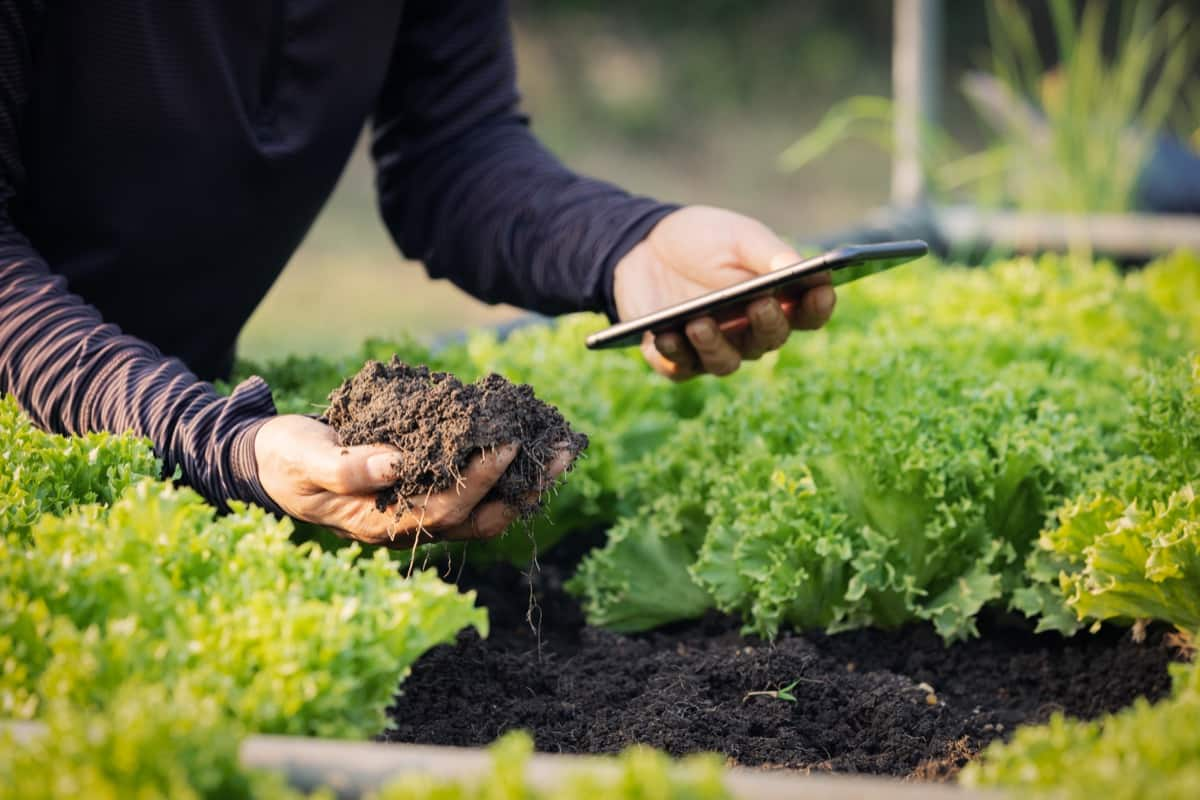
How can Technology Address the Rising Global Food Insecurity?
One example of Technology that has improved food security is precision agriculture, which uses data analysis to optimize crop yields and reduce waste. Other technologies include genetically modified crops that are resistant to pests and drought, as well as improved irrigation systems that conserve water.
What are Specific Technologies Required to Achieve Global Food Security?
To be food secure, we need a combination of different technologies. This includes advances in agriculture, such as more efficient farming practices, better crop varieties, and improvements in food storage and transportation. Global food insecurity is rising due to several factors, including population growth, climate change, and economic inequality.
As the world’s population grows, food demand increases, which puts pressure on already scarce resources. Climate change also makes growing food in certain areas harder, as changing weather patterns and extreme weather events can damage crops. Finally, economic inequality means that many people do not have access to the food they need, exacerbating food insecurity.
Conclusion
Key technologies like herbicide reduction and crop climate resilience can boost food security. These technologies help farmers, consumers, and the environment. We can build a more sustainable and adaptable food system that provides safe and nutritious food to everyone with the suitable investments and policies.
- Economical Aquaculture: A Guide to Low-Budget Fish Farming
- 15 Common Planting Errors That Can Doom Your Fruit Trees
- How to Make Houseplants Bushy: Effective Tips and Ideas
- Innovative Strategies for Boosting Coconut Pollination and Yield
- Pollination Strategies for Maximum Pumpkin Yield
- The Complete Guide to Chicken Fattening: Strategies for Maximum Growth
- Natural Solutions for Tulip Problems: 100% Effective Remedies for Leaf and Bulb-Related Issues
- Revolutionizing Citrus Preservation: Towards a Healthier, Greener Future
- Natural Solutions for Peony Leaf and Flower Problems: 100% Effective Remedies
- Maximizing Profits with Avocado Contract Farming in India: A Comprehensive Guide
- Natural Solutions for Hydrangea Problems: 100% Effective Remedies for Leaf and Flowers
- The Ultimate Guide to Choosing the Perfect Foliage Friend: Bringing Life Indoors
- From Sunlight to Sustainability: 15 Ways to Use Solar Technology in Agriculture
- The Ultimate Guide to Dong Tao Chicken: Exploring from History to Raising
- The Eco-Friendly Makeover: How to Convert Your Unused Swimming Pool into a Fish Pond
- Mastering the Art of Delaware Chicken Farming: Essentials for Healthy Backyard Flocks
- 20 Best Homemade Fertilizers for Money Plant: DIY Recipes and Application Methods
- How to Craft a Comprehensive Free-Range Chicken Farming Business Plan
- Brighten Your Flock: Raising Easter Egger Chickens for Beauty and Bounty
- How to Optimize Your Poultry Egg Farm Business Plan with These Strategies
- Subsidy for Spirulina Cultivation: How Indian Government Schemes Encouraging Spirulina Farmers
- Ultimate Guide to Raising Dominique Chickens: Breeding, Feeding, Egg-Production, and Care
- Mastering the Art of Raising Jersey Giant Chickens: Care, Feeding, and More
- Ultimate Guide to Raising Legbar Chickens: Breeding, Farming Practices, Diet, Egg-Production
- How to Raise Welsummer Chickens: A Comprehensive Guide for Beginners
- How to Protect Indoor Plants in Winter: A Comprehensive Guide
- Ultimate Guide to Grow Bag Gardening: Tips, Tricks, and Planting Ideas for Urban Gardeners
- Guide to Lotus Cultivation: How to Propagate, Plant, Grow, Care, Cost, and Profit
- Agriculture Drone Subsidy Scheme: Government Kisan Subsidy, License, and How to Apply Online
- Ultimate Guide to Raising Araucana Chickens: Breed Profile, Farming Economics, Diet, and Care
- Bringing Hydroponics to Classroom: Importance, Benefits of Learning for School Students
- Ultimate Guide to Raising Polish Chickens: Breed Profile, Farming Economics, Diet, and Care
- Ultimate Guide to Raising Australorp Chickens: Profile, Farming Economics, Egg Production, Diet, and Care
- Silkie Chicken Farming: Raising Practices, Varieties, Egg Production, Diet, and Care
- Sussex Chicken Farming: Raising Practices, Varieties, Egg Production, Diet and Care
- Homemade Feed Formulations for Livestock: Discover Cost-effective Starter to Finisher Feed Recipes